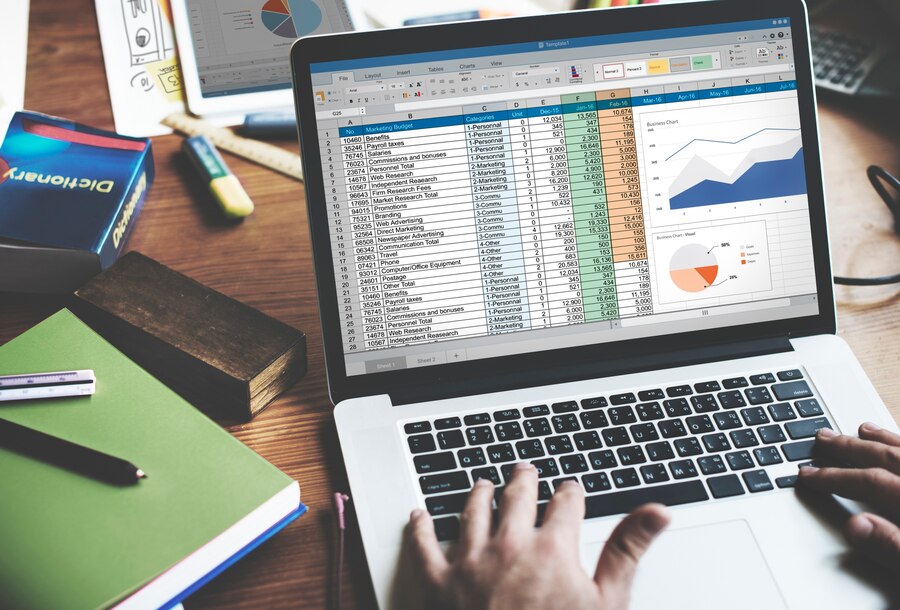Introduction
The real estate industry is undergoing a digital revolution, with best property management software becoming essential tools for modern property managers and investors. These real estate software solutions are transforming how we manage portfolios, interact with tenants, and optimize operations.
This comprehensive guide will explore:
- What makes great property management software
- Key features that streamline real estate operations
- Comparative analysis of top platforms
- Implementation strategies for maximum ROI
- Emerging trends in property tech
Defining the Best Property Management Software
The best property management software combines powerful functionality with intuitive design to handle all aspects of property operations:
Core Capabilities:
✔ Tenant & Lease Tracking
✔ Maintenance Management
✔ Financial Reporting
✔ Vacancy Marketing
✔ Document Storage
Who Benefits Most?
- Individual landlords (1-10 units)
- Portfolio managers (10-100 units)
- Large property firms (100+ units)
Real Estate Software: Market Overview
Modern real estate software solutions fall into three categories:
1. All-in-One Platforms
(Example: AppFolio, Buildium)
- Comprehensive feature sets
- Higher learning curves
- Ideal for professional managers
2. Specialized Tools
(Example: RentRedi for SFRs, LeaseEagle for commercials)
- Narket-specific features
- Easier adoption
- May require integrations
3. Emerging Proptech
(Example: AI leasing assistants, blockchain contracts)
- Cutting-edge capabilities
- Often supplement existing systems
Top 5 Property Management Platforms Compared
| Software | Best For | Pricing | Key Differentiator |
|---|---|---|---|
| AppFolio | Mid-large portfolios | 1%/mo revenue | AI-powered insights |
| Buildium | Growing managers | $50+/mo | Robust accounting |
| RentRedi | DIY landlords | $15/mo | Tenant screening |
| Yardi Breeze | Commercial focus | Custom | Industry veteran |
| DoorLoop | Startups | $49+/mo | Modern UX |
Key Features of Modern Real Estate Software
1. Automated Rent Collection
- Online payment processing
- Late fee automation
- Bank reconciliation
2. Maintenance Workflows
- Tenant request portals
- Vendor dispatch
- Cost tracking
3. Financial Management
- Owner statements
- Expense categorization
- Tax preparation
4. Marketing Integration
- Listing syndication
- Application processing
- Virtual tour tools
Implementation Roadmap
Phase 1: Preparation
- Data cleanup (2-4 weeks)
- Process mapping
Phase 2: Selection
- Requirement scoring
- Vendor demos
Phase 3: Rollout
- Pilot property testing
- Staff training
Phase 4: Optimization
- Usage analytics
- Feature expansion
Future Trends in Property Tech
- AI Leasing Agents – 24/7 tenant interactions
- Predictive Maintenance – IoT sensor integration
- Blockchain Leases – Smart contract automation
- Virtual Property Twins – Digital replicas for management
Conclusion
Choosing the best property management software requires careful evaluation of your portfolio size, team capabilities, and growth plans. Modern real estate software goes beyond basic functionality to deliver strategic advantages through automation, analytics, and mobility.
As proptech continues evolving, early adopters gain competitive edges in operational efficiency and tenant satisfaction. The right platform pays for itself through time savings and error reduction while positioning your business for scalable growth.
FAQs About Property Management Software
1. What’s the average cost of property management software?
Prices range from $15/month for basic SFR tools to 1% of revenue for enterprise solutions.
2. Can software replace property managers?
While automating many tasks, human oversight remains crucial for complex decisions and tenant relations.
3. How long does implementation typically take?
Most platforms require 4-8 weeks for full deployment, depending on data complexity.
4. What integrations should I prioritize?
Essential connections include accounting software, payment processors, and listing sites.
5. Is cloud-based software secure for sensitive data?
Reputable vendors use bank-grade encryption and comply with data protection regulations.

